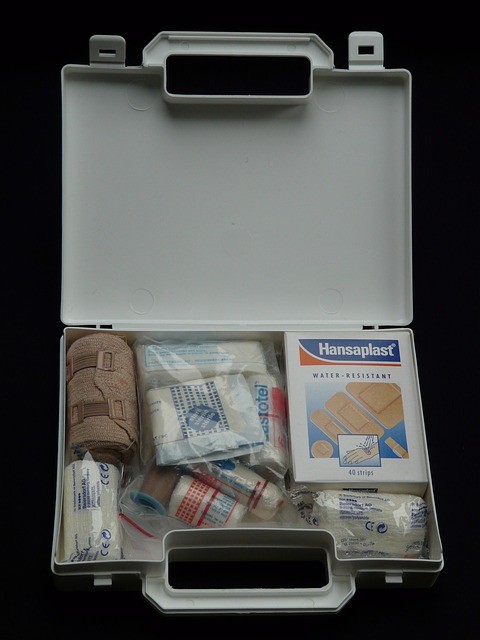When heading out for a hike, having the right gear is crucial for your safety and comfort. Here are some essential hiking gear items you shouldn’t leave without:
Hiking Boots or Shoes:
- Choose sturdy and comfortable footwear with good grip to protect your feet and provide support on various terrains.
Backpack:
- A well-fitting backpack with padded straps and a waist belt helps distribute the weight of your gear evenly and keeps your hands free.
Navigation Tools:
- Carry a map of the trail and a compass, or use a GPS device or smartphone app to ensure you stay on the right path.
Water and Hydration System:
- Carry enough water for the duration of your hike, and consider using a hydration reservoir or water bottles to stay hydrated.
Snacks and Nutrition:
- Pack energy-boosting snacks like trail mix, energy bars, and fruit to keep your energy levels up.
Clothing Layers:
- Wear moisture-wicking base layers, insulating mid-layers, and a waterproof or windproof outer layer to adapt to changing weather conditions.
Sun Protection:
- Wear a wide-brimmed hat, sunglasses with UV protection, and apply sunscreen to protect yourself from the sun’s rays.
First Aid Kit:
- A basic first aid kit should include adhesive bandages, antiseptic wipes, gauze, tweezers, and any necessary prescription medications.

Multi-tool or Knife:
- Carry a multi-tool or a reliable pocket knife for tasks like cutting, opening cans, or making emergency repairs.
Emergency Whistle and Signal Mirror:
- These can help you attract attention in case of emergencies.
Headlamp or Flashlight:
- Essential for night hikes or in case your hike takes longer than expected.
Rain Gear:
- Pack a lightweight and waterproof rain jacket or poncho to stay dry during unexpected rain showers.
Trekking Poles:
- These can provide extra stability and reduce strain on your knees and joints, especially on challenging terrains.
Personal ID and Contact Information:
- Carry a form of identification and a note with emergency contact information.
Insect Repellent:
- Keep bugs at bay with insect repellent, especially in areas prone to mosquitoes and ticks.
Camera or Smartphone:
- Capture beautiful moments and document your hike, but ensure your smartphone is fully charged and has a backup power source.
Before every hike, assess the trail difficulty, weather conditions, and your own fitness level to determine the appropriate gear to bring. It’s important to be prepared and carry the necessary gear to ensure a safe and enjoyable hiking experience.











